EMB Agar, Levine (Levine Eosin Methylene Blue Agar)
Pack Size: 500gm
Brand: Micro master
Origin: India
Intended Use
Levine Eosin-Methylene Blue Agar Medium (DM094I) is recommended for isolation, enumeration and differentiation of members of Enterobacteriaceae in compliance with IP.
Product Summary and Explanation
Salmonella Differential Agar modified is a slight modification of original formulation of Rambach (1) used for differentiation of Salmonella species from Proteus species and other enteric bacteria. Production of acid from propylene glycol is a novel characteristic of Salmonella species and is utilised in this medium. Many of the media such as SS Agar, XLD Agar recommended for the identification and differentiation of salmonella species (2) are based on lactose fermentation and hydrogen sulphide production. Peptone special and yeast extract supports the luxuriant growth of bacteria while sodium deoxycholate inhibits gram-positive organisms rendering the medium selective for enteric microorganisms. Sodium chloride maintains atmospheric balance. The BC indicator turns pink in presence of acid produced from propylene glycol. Lactose fermentating ability is determined by using an indicator which can detect the presence of enzyme ß-galactosidase. Lactose fermenting (ß-galactosidase producing) bacteria yield blue violet coloured colony (3). Salmonellae produce acid from propylene glycol and then after combining with the pH indicator give typical pink red colonies. Other enteric gram-negative bacteria form colourless colonies. Salmonellae Typhimurium and Salmonellae Enteritidis produce pink to red colonies.
Principles of the Procedure
Salmonella Differential Agar, Modified contains peptone special and yeast extract which supports the luxuriant growth of bacteria. Sodium deoxycholate helps to inhibit gram-positive organisms making the medium selective for enteric microorganisms. Sodium chloride maintains the osmotic balance of the medium. The BC indicator turns pink in presence of acid produced from propyleneglycol. Lactose fermentating ability is determined by using an indicator which can detect the presence of enzyme ß-galactosidase.
Formula / Liter
| Ingredients | : Gms / Liter |
| Pancreatic digest of gelatin | : 10.00 |
| Dibasic potassium phosphate | : 2.00 |
| Lactose | : 10.00 |
| Eosin – Y | : 0.40 |
| Methylene blue | : 0.065 |
| Agar | : 15.00 |
| Final pH: 7.1 ± 0.2 at 25°C | |
| Formula may be adjusted and/or supplemented as required to meet performance specifications | |
Precautions
1. For Laboratory Use only.
2. IRRITANT. Irritating to eyes, respiratory system, and skin.
3. Store the medium away from light to avoid photooxidation.
Directions
1. Suspend 37.46 grams of mediumin one liter of distilled water.
2. Heat to boiling, to dissolve the medium completely.
3. Autoclave at 121°C, 15 psi pressure, for 15 minutes / validated cycle.
4. AVOID OVERHEATING.
5. Cool to 50°C and shake the medium in order to oxidize the methylene blue (i.e. restore its blue colour) and to suspend the precipitate, which is an essential part of the medium.
6. Mix well before pouring into sterile Petri plates.
Quality Control Specifications
| Dehydrated Appearance | : Light pink to purple homogeneous free flowing powder |
| Prepared Medium | : Reddish purple with greenish cast coloured opalescent gel with finely dispersed precipitate forms in Petri plates. |
| Reaction of 4.55% Solution | : Not Applicable |
| Gel Strength | : Firm, comparable with 1.5% agar gel. |
Expected Cultural Response: Growth Promotion is carried out in accordance with USP. Cultural response was observed after an incubation at 30-35°C for 24-48 hours. Recovery rate is considered as 100% for bacteria growth on Soyabean Casein Digest Agar and fungal growth on Sabouraud Dextrose Agar
| Sr. No. |
Organisms | Results to be achieved | |||||
| Inoculum (CFU) |
Observed Lot value (CFU) |
Recovery | Colour of Colony |
Incubation Temperature |
Incubation period |
||
| Test for specified microorganism | |||||||
| 1. | Escherichia coli ATCC 8739 | 50 – 100 | 25 -100 | >=50 % | blue-black colonies with metallic sheen |
30 -35 °C | 24 -48 hrs |
| Additional Microbiological testing | |||||||
| 2. | Escherichia coli NCTC 9002 | 50 – 100 | 25 -100 | >=50 % | blue-black colonies with metallic sheen |
30 -35 °C | 24 -48 hrs |
| 3. | Enterobacter aerogenes ATCC 13048 | 50 – 100 | 25 -100 | >=50 % | pink to red | 30 -35 °C | 24 -48 hrs |
| 4. | Salmonella Typhimurium ATCC 14028 | 50 – 100 | 25 -100 | >=50 % | colourless | 30 -35 °C | 24 -48 hrs |
| 5. | Pseudomonas aeruginosa ATCC 9027 | 50 – 100 | 25 -100 | >=50 % | colourless | 30 -35 °C | 24 -48 hrs |
| 6. | Enterococcus faecalis ATCC 29212 | >=10³ | 0 | 0 % | — | 30 -35 °C | 24 -48 hrs |
| 7. | Staphylococcus aureus ATCC 6538 | >=10³ | 0 | 0 % | — | 30 -35 °C | 24 -48 hrs |
| 8. | Candida albicans ATCC 10231 | 50 -100 | 25 -100 | >=50 % | colourless | 30 -35 °C | 24 -48 hrs |
| 9. | Saccharomyces cerevisiae ATCC 9763 | 50 -100 | 0 -10 | 0 -10 % | cream | 30 -35 °C | 24 -48 hrs |
The organisms listed are the minimum that should be used for quality control testing.
Test Procedure
Refer to appropriate references for standard test procedures.
Results
1. Lactose fermenting (ß-galactosidase producing) bacteria yield blue violet coloured colony.
2. Salmonellae produce acid from propyleneglycol and which on combining with the pH indicator gives typical pi nk red colonies.
3. Other enteric gram-negative bacteria form colourless colonies.
4. Salmonellatyphimurium and Salmonellaenteritidis produce pink to red colonies.
Storage
Store the sealed bottle containing the dehydrated medium at 2 – 30°C. Once opened and recapped, place container in a low humidity environment at the same storage temperature. Protect from moisture and light.
Expiration
Refer to the expiration date stamped on the container. The dehydrated medium should be discarded if not free flowing, or if the appearance has changed from the original color. Expiry applies to medium in its intact container when stored as directed.
Limitations of the Procedure
1. For identification, organisms must be in pure culture. Morphological, biochemical and/or serological tests should be performed for final identification.
2. Consult appropriate texts for detailed information and recommended procedures.

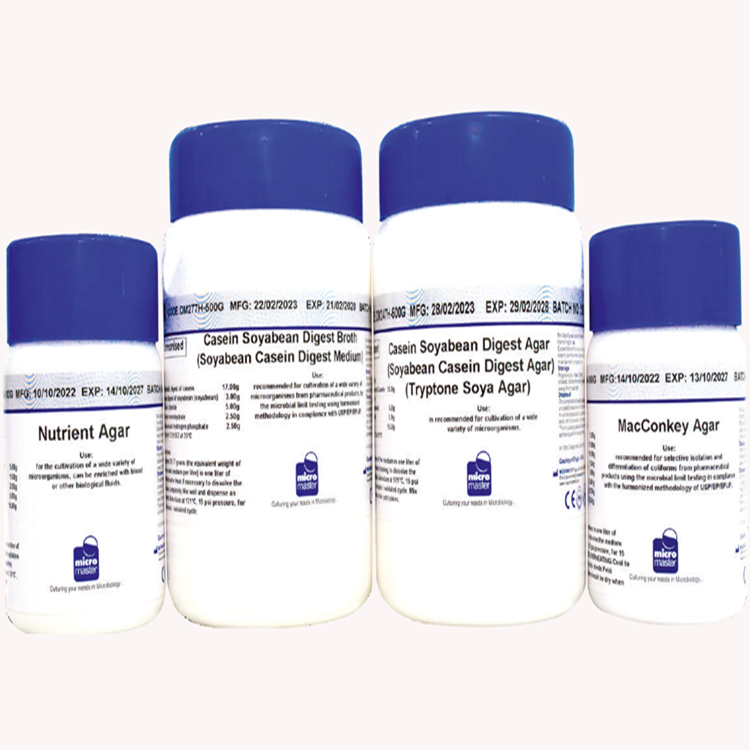
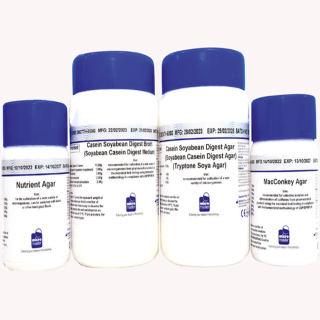








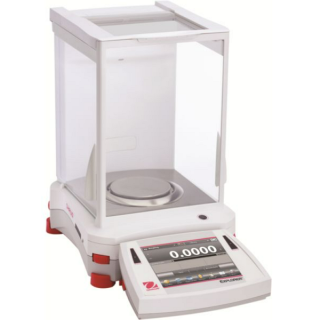
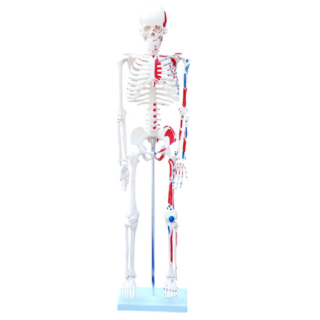
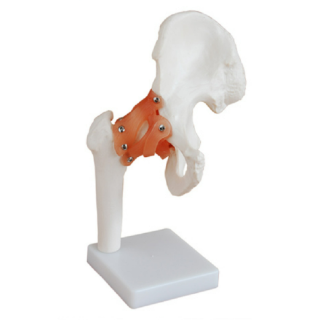
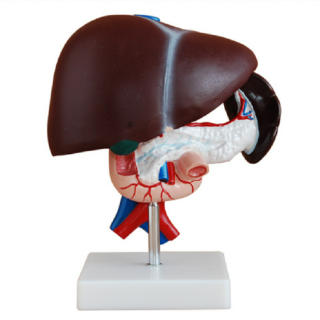
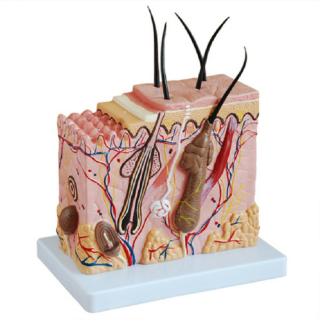
Reviews
There are no reviews yet.